Tycho Max Sylvester Tax
On Scaling Contrastive Representations for Low-Resource Speech Recognition
Feb 01, 2021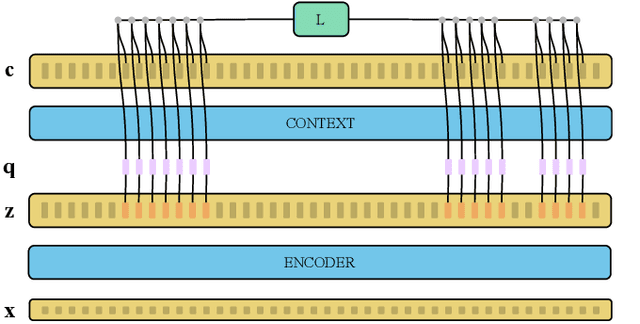
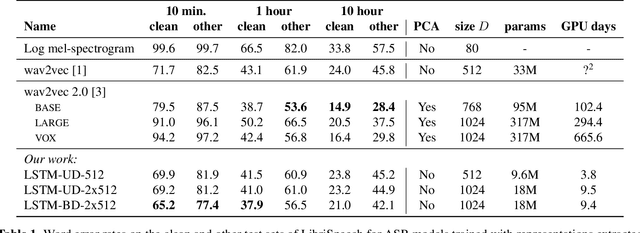
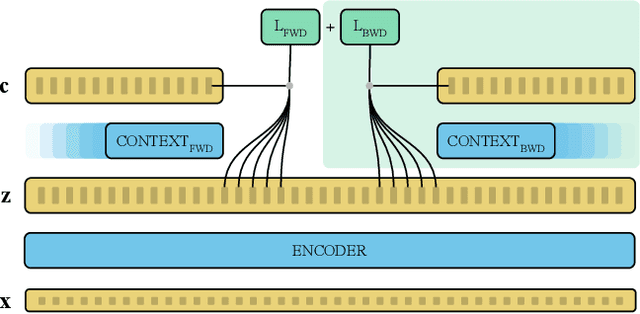
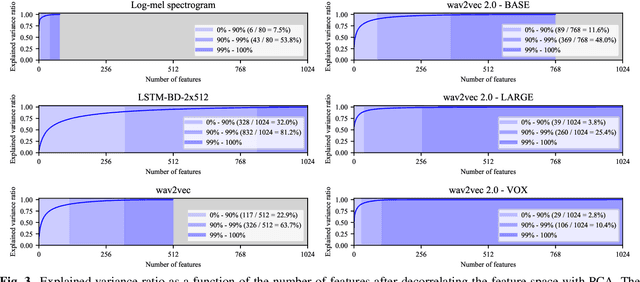
Abstract:Recent advances in self-supervised learning through contrastive training have shown that it is possible to learn a competitive speech recognition system with as little as 10 minutes of labeled data. However, these systems are computationally expensive since they require pre-training followed by fine-tuning in a large parameter space. We explore the performance of such systems without fine-tuning by training a state-of-the-art speech recognizer on the fixed representations from the computationally demanding wav2vec 2.0 framework. We find performance to decrease without fine-tuning and, in the extreme low-resource setting, wav2vec 2.0 is inferior to its predecessor. In addition, we find that wav2vec 2.0 representations live in a low dimensional subspace and that decorrelating the features of the representations can stabilize training of the automatic speech recognizer. Finally, we propose a bidirectional extension to the original wav2vec framework that consistently improves performance.
Utilizing Domain Knowledge in End-to-End Audio Processing
Dec 01, 2017

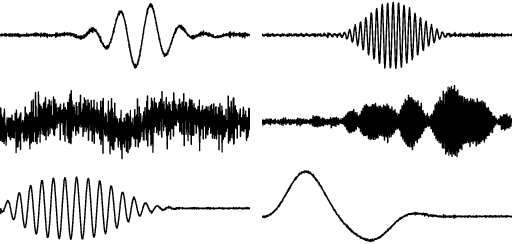
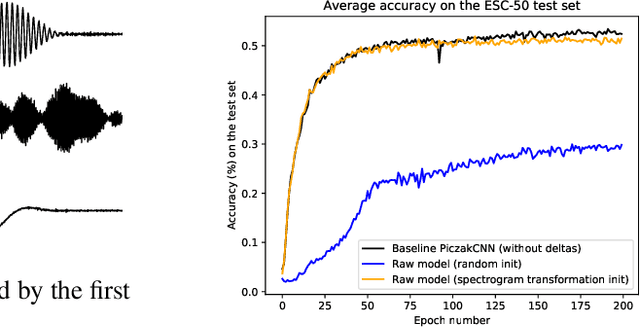
Abstract:End-to-end neural network based approaches to audio modelling are generally outperformed by models trained on high-level data representations. In this paper we present preliminary work that shows the feasibility of training the first layers of a deep convolutional neural network (CNN) model to learn the commonly-used log-scaled mel-spectrogram transformation. Secondly, we demonstrate that upon initializing the first layers of an end-to-end CNN classifier with the learned transformation, convergence and performance on the ESC-50 environmental sound classification dataset are similar to a CNN-based model trained on the highly pre-processed log-scaled mel-spectrogram features.
Exploiting Nontrivial Connectivity for Automatic Speech Recognition
Nov 28, 2017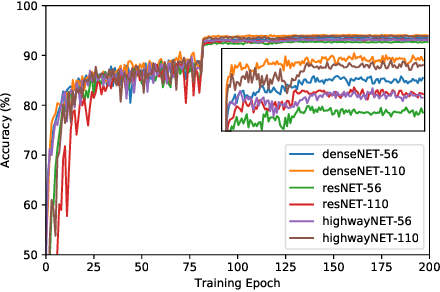
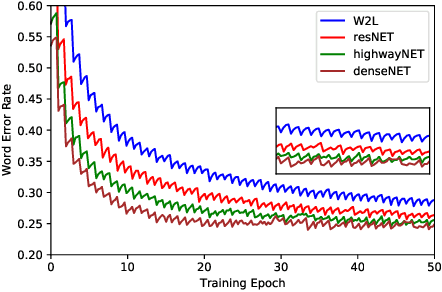

Abstract:Nontrivial connectivity has allowed the training of very deep networks by addressing the problem of vanishing gradients and offering a more efficient method of reusing parameters. In this paper we make a comparison between residual networks, densely-connected networks and highway networks on an image classification task. Next, we show that these methodologies can easily be deployed into automatic speech recognition and provide significant improvements to existing models.
 Add to Chrome
Add to Chrome Add to Firefox
Add to Firefox Add to Edge
Add to Edge